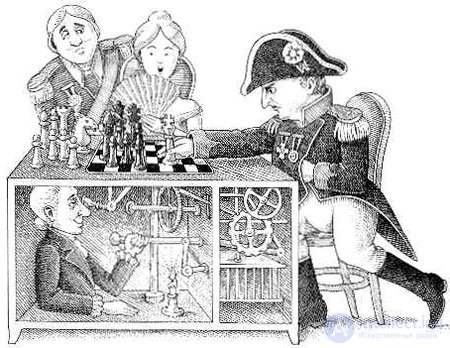Lecture
Inspired by the successes in solving the above problems of artificial intelligence, the researchers also resumed the solution of the “holistic agent” problem. The most widely known example of creating a complete agent architecture is the work of Allen Newell, John Laird and Paul Rosenblum on the Soar project.
In order to make it easier to understand the work of agents embedded in a real environment with a continuous stream of sensory input data, so-called situational movements were used. One of the most important examples of the environment for intelligent agents is the Internet.
Artificial intelligence systems have become so common in Web applications that the suffix "-bot" (short for robot) entered everyday language. Moreover, artificial intelligence technologies have formed the basis of many Internet tools, such as search engines, systems for generating recommendations, and systems for creating Web sites.
One consequence of the attempts to create complete agents was the understanding that previously isolated subdomains of artificial intelligence may require some reorganization when it becomes necessary to reconnect the results accumulated in them.
In particular, it is now widely recognized that sensor systems (computer vision systems, echolocation, speech recognition , etc.) are not able to provide absolutely reliable information about the environment.
Therefore, systems of reasoning and planning must be adapted to work in conditions of uncertainty. The second important consequence of the changing views on the role of agents is that research in the field of artificial intelligence now needs to be carried out in closer contact with other areas, such as management theory and economics, which also deal with agents.
 |
Comments
To leave a comment
Intelligent Agents. Multi agent systems
Terms: Intelligent Agents. Multi agent systems